-
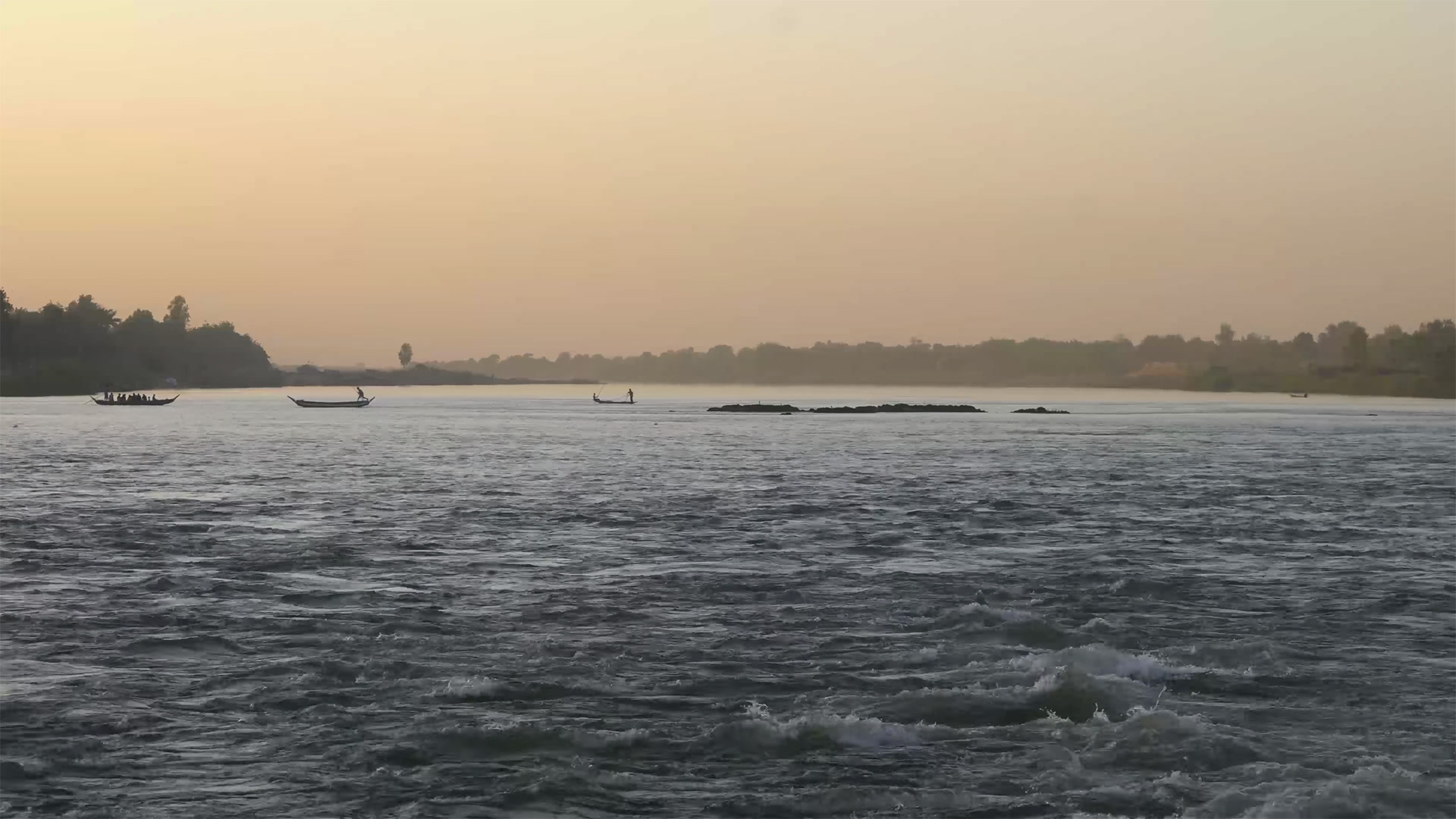
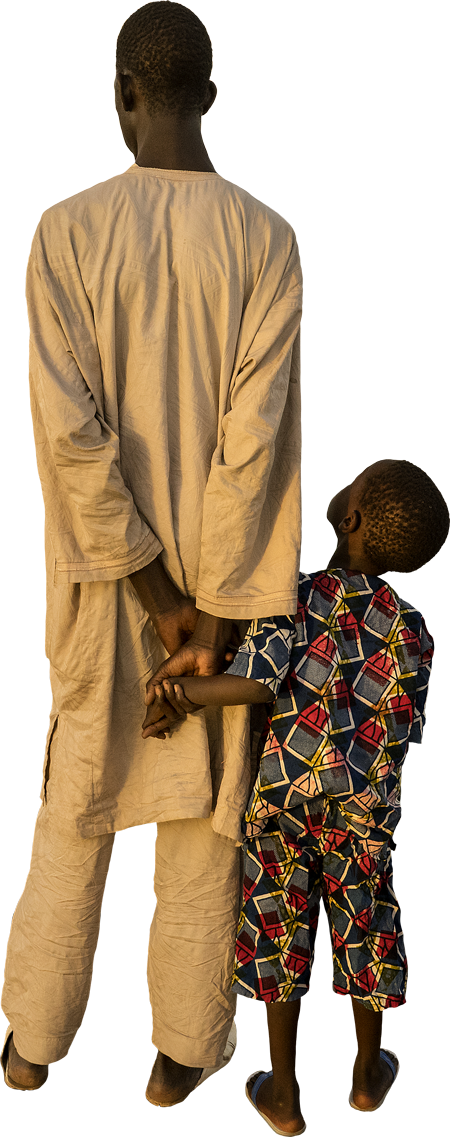

 by Lorenzo Colantoni and Riccardo Venturi.
by Lorenzo Colantoni and Riccardo Venturi.
Directed by EquipopScroll down to explore

 |
|
-

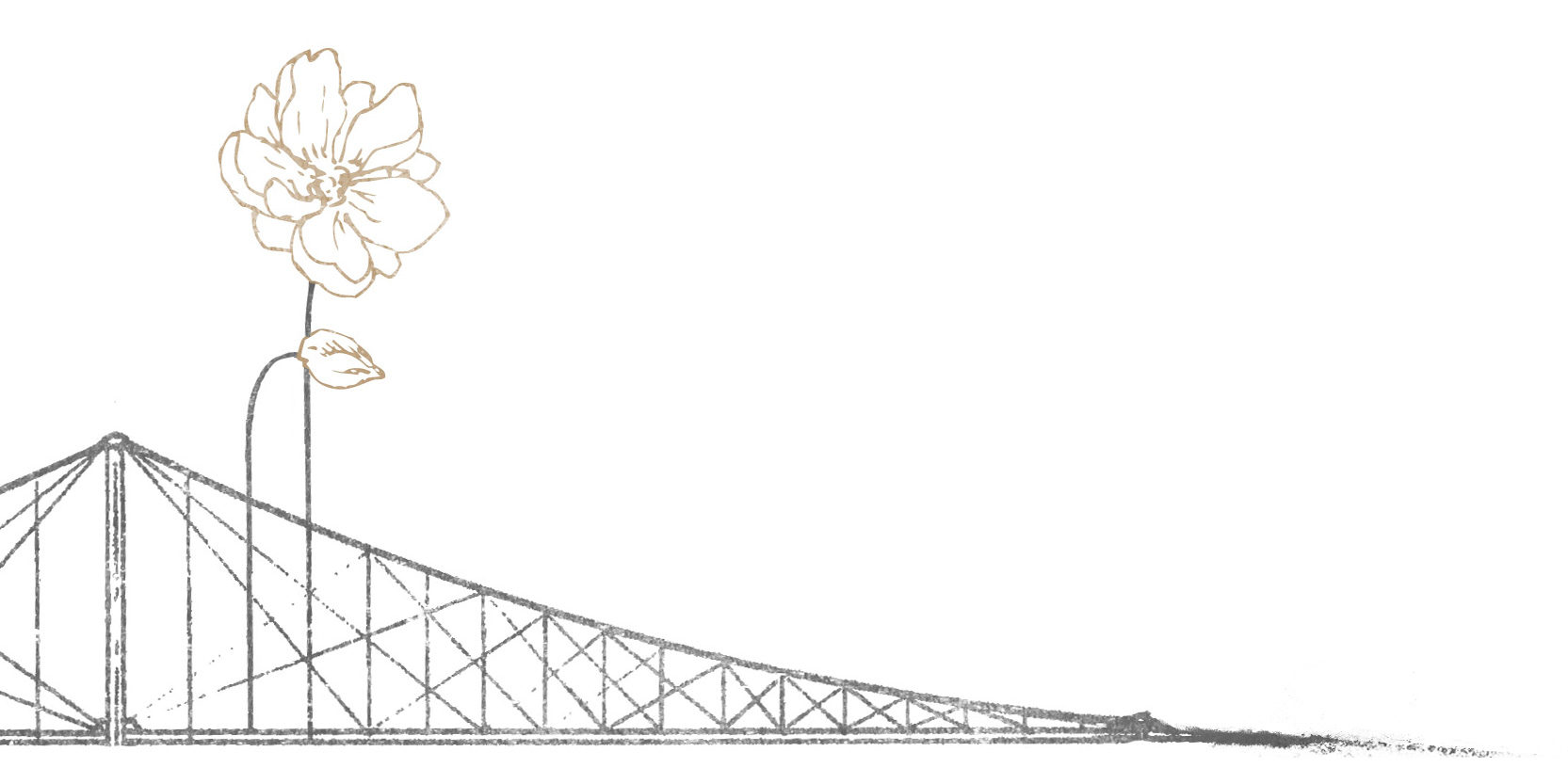 On the 3rd of December 2016, more than 800 Malians met for a ceremony in the village of Sabouciré N’di, in the province of Kayes, to celebrate the abandonment by 41 villages of female genital mutilation. This happened in a region where almost 95% of women aged 15 to 49 have been cut, and where the majority of the population still supports the practice.
On the 3rd of December 2016, more than 800 Malians met for a ceremony in the village of Sabouciré N’di, in the province of Kayes, to celebrate the abandonment by 41 villages of female genital mutilation. This happened in a region where almost 95% of women aged 15 to 49 have been cut, and where the majority of the population still supports the practice.
It took years of work to reach this result.Through the project “Protéger la Prochaine Génération”, animators reached isolated villages to inform of the health issues caused by the practice, offering fundamental medical assistance. They also sensitized the communities on gender’s issues and the violation of women’s rights by the practice of FGM. At the moment, 138 villages in the area have decided to go against the dominant opinion in Mali, and publicly engage against female mutilation.Scroll down to exploreThe pathto abandoning
Female Genital Mutilation (FGM)Migrant people have a strong influence on decision taking in their villages of origin. Therefore, it is a critical aspect of the project to make the diaspora supporting the FGM abandonment process. Within the project, Migrants and villagers can openly discuss about FGM and related issues through radio programs, recording of testimonies and travels to Mali. Involving migrant people is key to consolidate the abandonment of FGM both in Africa and in Europe.

INTRO
MY PORTFOLIO
ABOUT ME
CONTACT





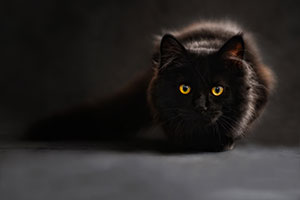
-










 01/20One of the villages which abandoned female genital mutilation 2016
01/20One of the villages which abandoned female genital mutilation 2016 -


 Women bringing food for the dinner before the ceremony02/20
Women bringing food for the dinner before the ceremony02/20 -


 A girl in the village of Sabouciré N’di03/20
A girl in the village of Sabouciré N’di03/20 -


 Young girls dancing to welcome the participants to the ceremony04/20
Young girls dancing to welcome the participants to the ceremony04/20 -


 The chief and an elder of the village which hosted and sponsored the ceremony05/20
The chief and an elder of the village which hosted and sponsored the ceremony05/20 -


 Women going back from late night dancing before the event06/20
Women going back from late night dancing before the event06/20 -


 Sada Coulibaly, who lost two daughters because of the mutilation07/20
Sada Coulibaly, who lost two daughters because of the mutilation07/20 -


 Coumba Kante, a traditional cutter from a village which has not yet abandoned the practice08/20
Coumba Kante, a traditional cutter from a village which has not yet abandoned the practice08/20 -


 A man, holding his two daughters who almost died because of the mutilation09/20
A man, holding his two daughters who almost died because of the mutilation09/20 -


 Cooking couscous on the night before the ceremony10/20
Cooking couscous on the night before the ceremony10/20 -


 A young boy serving coffee to the elders on the day of the event11/20
A young boy serving coffee to the elders on the day of the event11/20 -


 Kids from the village of Sabouciré N’di12/20
Kids from the village of Sabouciré N’di12/20 -


 Women preparing spicy chili pepper sauce13/20
Women preparing spicy chili pepper sauce13/20 -


 An elder from a village, which is now on its way to abandon female genital mutilation14/20
An elder from a village, which is now on its way to abandon female genital mutilation14/20 -


 A griot, a role similar to a storyteller and a mediator, often involved in spreading awareness against FGM15/20
A griot, a role similar to a storyteller and a mediator, often involved in spreading awareness against FGM15/20 -


 Young people from different villages
Young people from different villages
before the ceremony16/20 -


 A field coordinator from AMSOPT and a villager dancing on the day before the ceremony17/20
A field coordinator from AMSOPT and a villager dancing on the day before the ceremony17/20 -


 A young woman sheltering his son from the sun on the day of the ceremony18/20
A young woman sheltering his son from the sun on the day of the ceremony18/20 -


 Two women dress their hair
Two women dress their hair
on the village of the ceremony19/20 -


 A young boy wash himself
A young boy wash himself
in the river Senegal, ner Kayes20/20
-


 Guiltyof nothingMali is one of the countries of FGM in the world:In the region of Kayes the percentage is the greatest: 94.7% of females aged 15-49 have been cut.
Guiltyof nothingMali is one of the countries of FGM in the world:In the region of Kayes the percentage is the greatest: 94.7% of females aged 15-49 have been cut.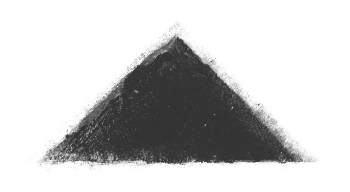 Prevalence rates of FGM
Prevalence rates of FGM
in 3 countries: 24.7%Senegal
24.7%Senegal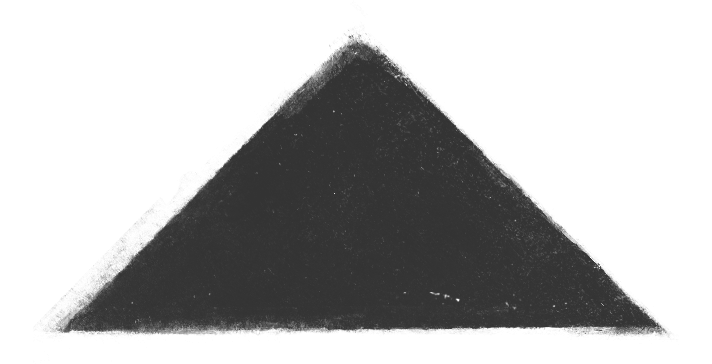
 71.3%Mauritania
71.3%Mauritania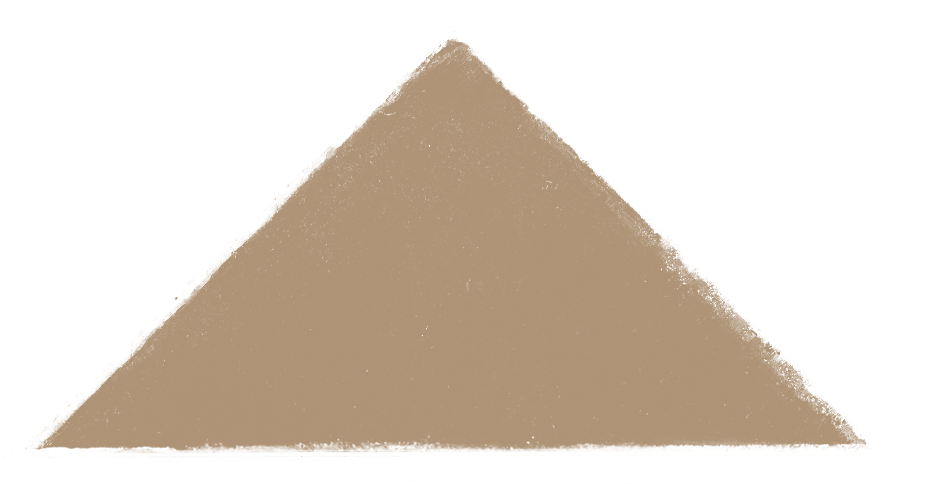
 91.4%MALIsource
91.4%MALIsource
Unicef (2013)Fgm is cause of frequent health issues among all women who have undergone FGM:
 14.9%suffers from excessive bleeding
14.9%suffers from excessive bleeding
 13.7%from urinary retention
13.7%from urinary retention
 27.8 %from at least one health complication
27.8 %from at least one health complication
 11.9%from at least two
11.9%from at least two at least 200 maternal death a year in Mali are caused by FGM.
at least 200 maternal death a year in Mali are caused by FGM.
 source
source
Unicef (2006)
-



 Sada
Sada
CoulibalyFGM witness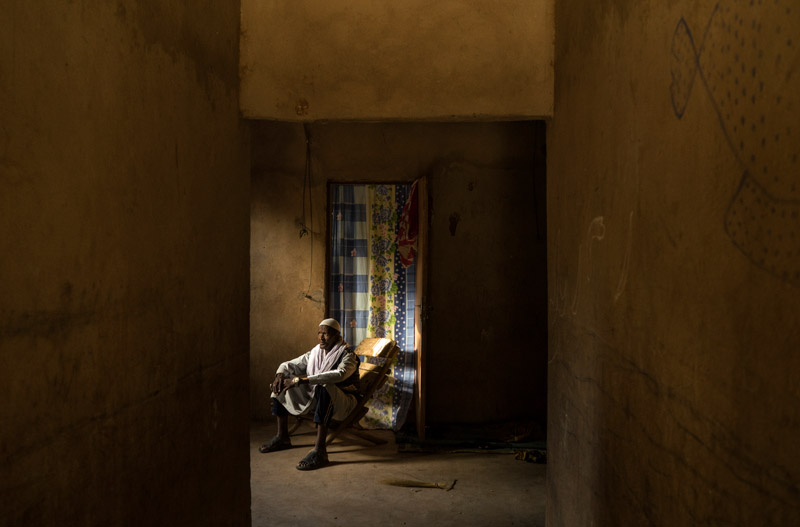

 Many village elders joined the event and were hosted by a house built by Malian emigrants in France. Several travels from village to village to raise awareness against female genital mutilation.
Many village elders joined the event and were hosted by a house built by Malian emigrants in France. Several travels from village to village to raise awareness against female genital mutilation.
-
 ThePractice
ThePractice
 99%of mutilation is
99%of mutilation is
done by traditional cutters in Mali


 74.2%of women still
74.2%of women still
believe the practice
should continue Each mutilation is usually paid to the cutter 1000/3000 CFA (2-5 euros)
Each mutilation is usually paid to the cutter 1000/3000 CFA (2-5 euros)

 source
source
EU Commission (2011)
-

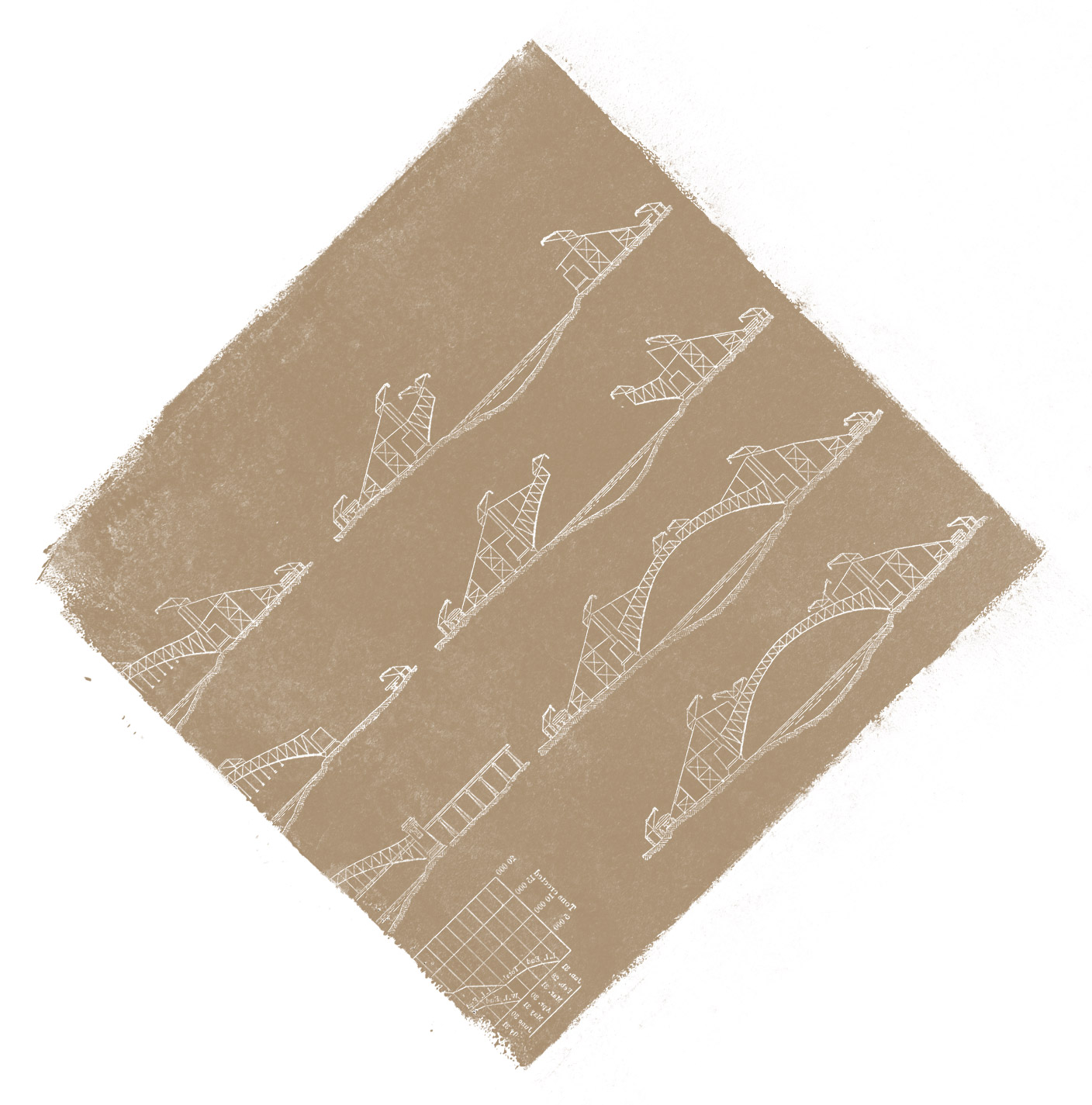

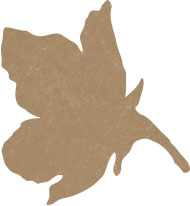
 Coumba KanteTraditional cutter
Coumba KanteTraditional cutter The abandonment ceremony was anticipated by a day and a night of playing music and dancing, to which all young people participated, yet having to leave the floor also to older women and men from time to time.
The abandonment ceremony was anticipated by a day and a night of playing music and dancing, to which all young people participated, yet having to leave the floor also to older women and men from time to time.


-

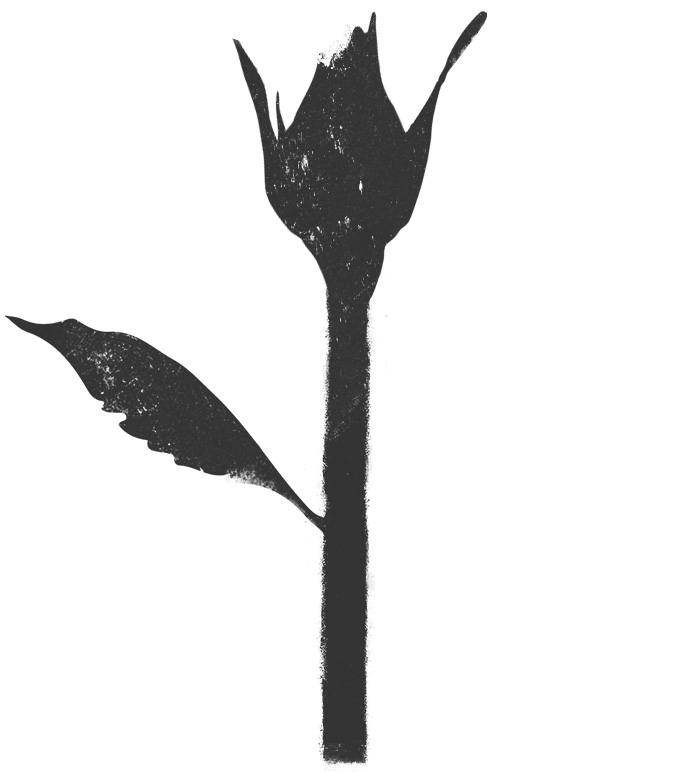
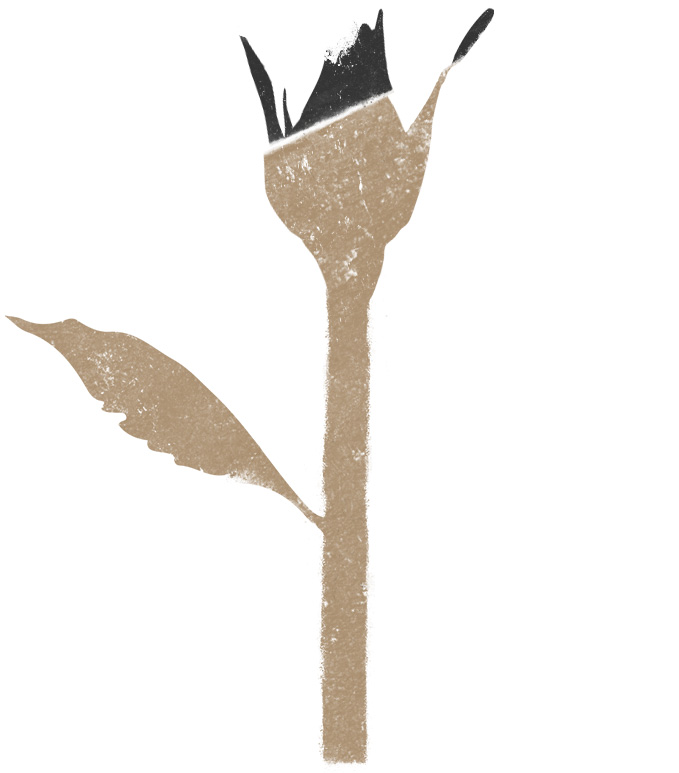
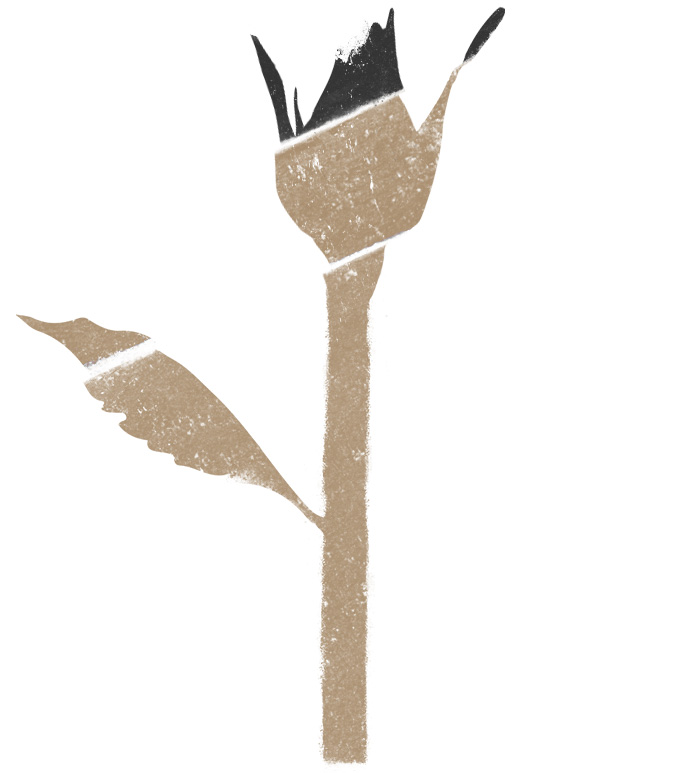 Nota matterof religion
Nota matterof religion 95.3%of Muslim
95.3%of Muslim
women are cut 77.8%of Christian
77.8%of Christian
women are cut
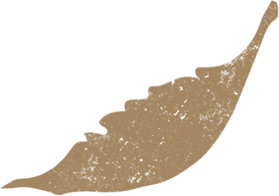
 source
source
PNLE (2014)
-


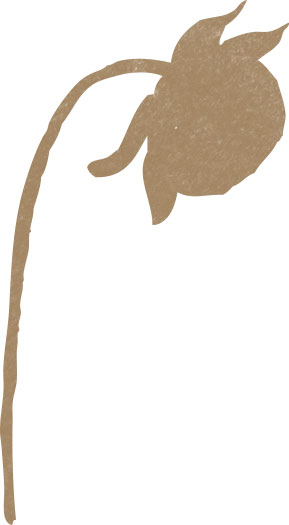
 Dijibril SidibéImam
Dijibril SidibéImam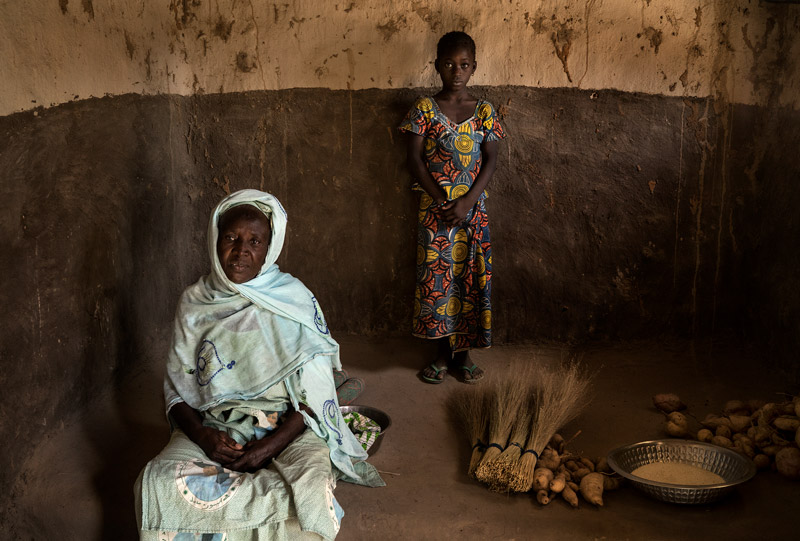 The presidents of the villages’ women, the female equivalent of a village chief, played a key role in the abandonment process, as women, rather than men, mostly oppose leaving the practice.
The presidents of the villages’ women, the female equivalent of a village chief, played a key role in the abandonment process, as women, rather than men, mostly oppose leaving the practice.
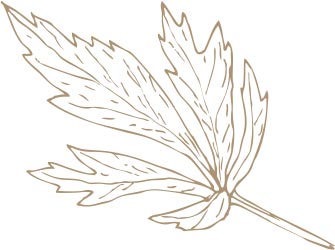
-


 The waywe change
The waywe change
 73.2%Mothersin Mali think their daughters should be cut
73.2%Mothersin Mali think their daughters should be cut
 86.4%Fathersin Mali think their daughters should be cut
86.4%Fathersin Mali think their daughters should be cut
 71%Women and Menaged 15-49 in Mali does not know of health complications due to the mutilationThe age of cutting has decreased:
71%Women and Menaged 15-49 in Mali does not know of health complications due to the mutilationThe age of cutting has decreased:
women cut before 5 years old has passed from around 60% for people born 50 years ago, to almost 80% for those born 20 years ago, while almost all women are cut before five nowadays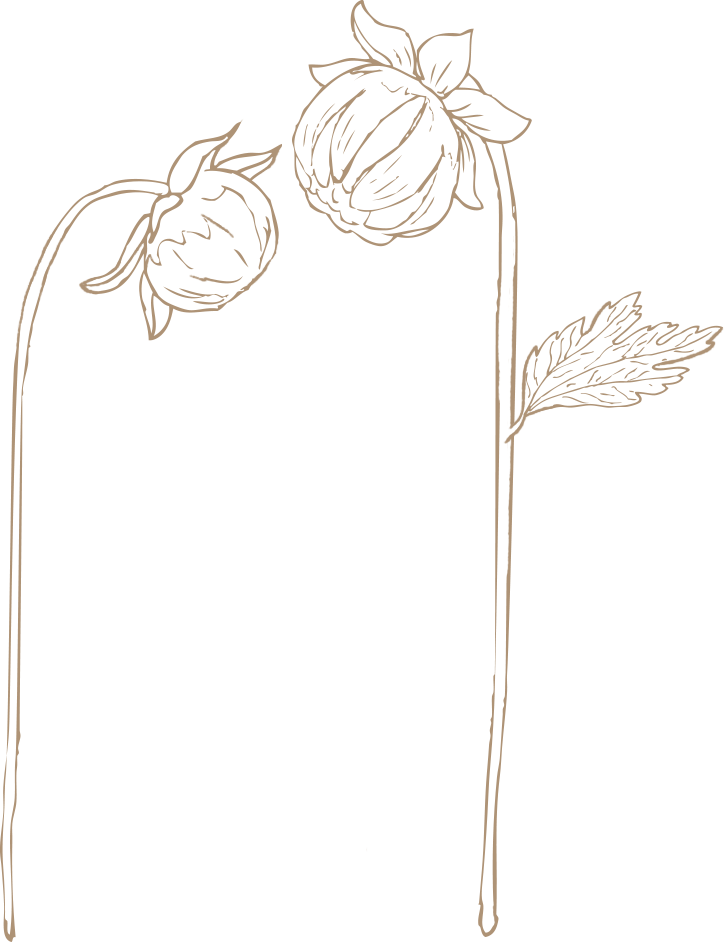

 source
source
PNLE (2014)
-

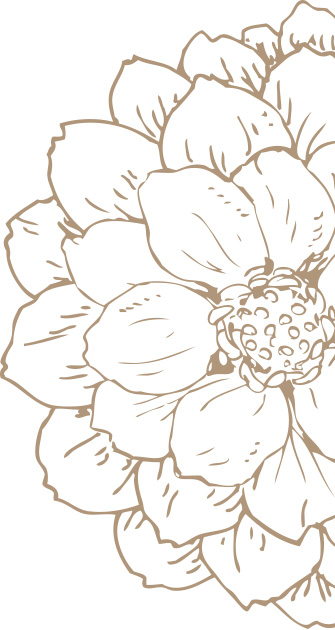

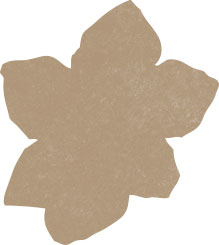
 President of the
President of the
women's groupAdama Diarra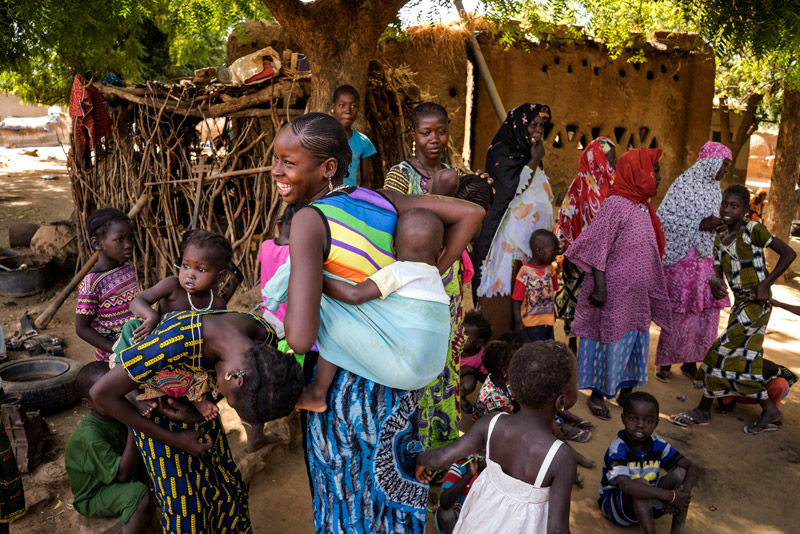
 As many women sewed new clothes for the ceremony from the same fabric for all who belonged to their community, people from different villages could be recognised by the pattern they chose.
As many women sewed new clothes for the ceremony from the same fabric for all who belonged to their community, people from different villages could be recognised by the pattern they chose.
-

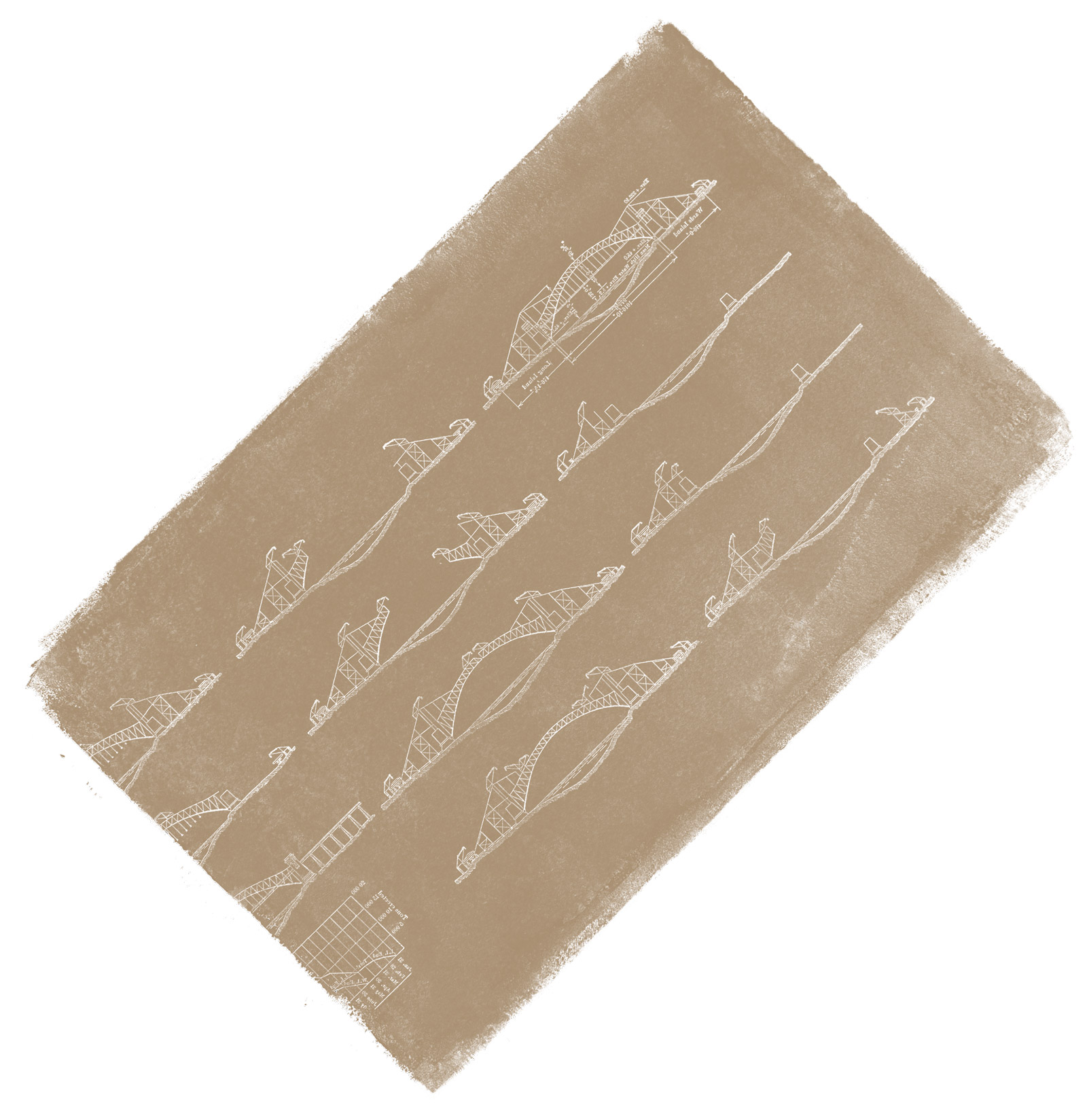
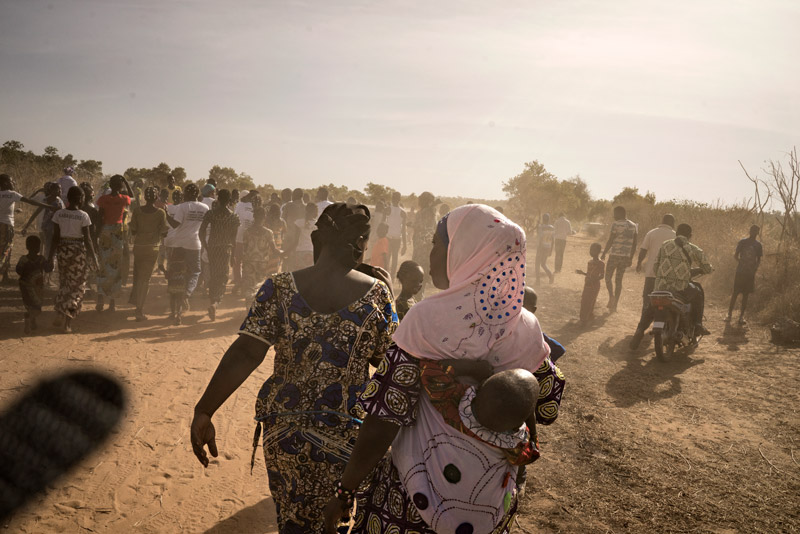 People travelled to Sabouciré N’di from remote villages in several different ways: vans, mopeds, bikes ridden through the savanna. Most of them came by foot, walking for hours or even days.
People travelled to Sabouciré N’di from remote villages in several different ways: vans, mopeds, bikes ridden through the savanna. Most of them came by foot, walking for hours or even days.
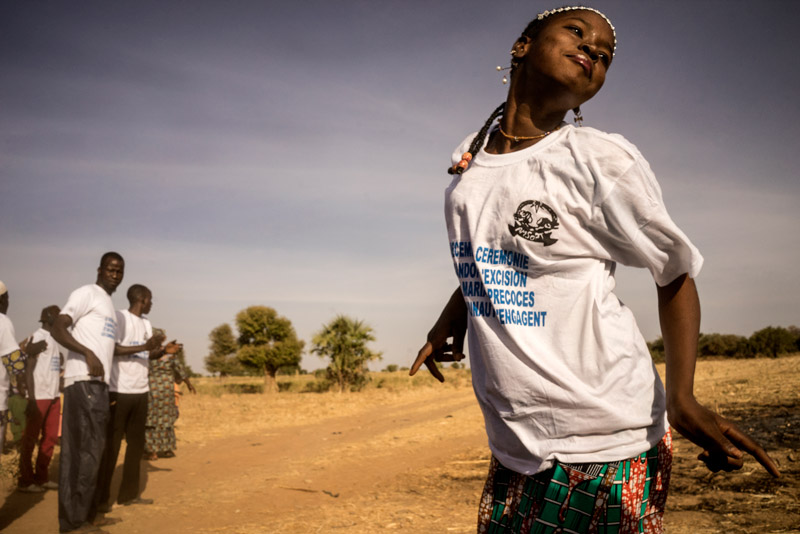

 Whoever joined Sabouciré N’di for the event, either on the night before or the morning of the ceremony, was welcomed in the same way: by restless dancing and music.
Whoever joined Sabouciré N’di for the event, either on the night before or the morning of the ceremony, was welcomed in the same way: by restless dancing and music.




